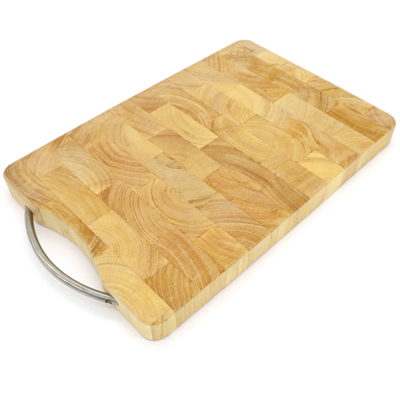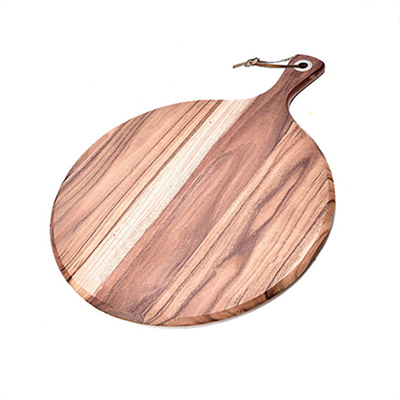How to choose a cutting board?
Common cutting boards on the market are made of bamboo, wood and plastic. But qualified bamboo cutting boards should be made of natural plants. The material is strong and not easy to crack or slag, and dirt is not easy to be stuffed in the gap. Bamboo cutting boards are easy to air dry, not easy to mold, and have no peculiar smell, which is a good choice. The fly in the ointment is that the thickness of the bamboo cutting board is not enough, and it is mostly spliced. Can’t stand heavy hits when used. So it is best to use it for chopping vegetables or fruit, but not for chopping meat.
Wooden cutting boards are thick and tough. It is more suitable for chopping meat or cutting some hard food. But in use, it is easy to chop the wood slag out. It is harmful to health in the long run if it is mixed with meat and eaten into the body. In addition, the wooden cutting board has been used for a long time, and the cut marks are easy to accumulate dirt, which is not easy to clean. And some woods, such as poplar, are prone to cracking. Repeated use, more likely to breed bacteria. Wooden cutting boards have strong water absorption and are not easy to air dry. If you stay in a humid environment for a long time, it is easy to mold and cause intestinal diseases.
It is best to soak the wooden cutting board in vegetable oil for 2 hours before use, so that it is not easy to crack. When you buying a cutting board, be sure to choose a wood you can trust. Cutting boards made of ginkgo, saponin, birch, or willow are better.
















